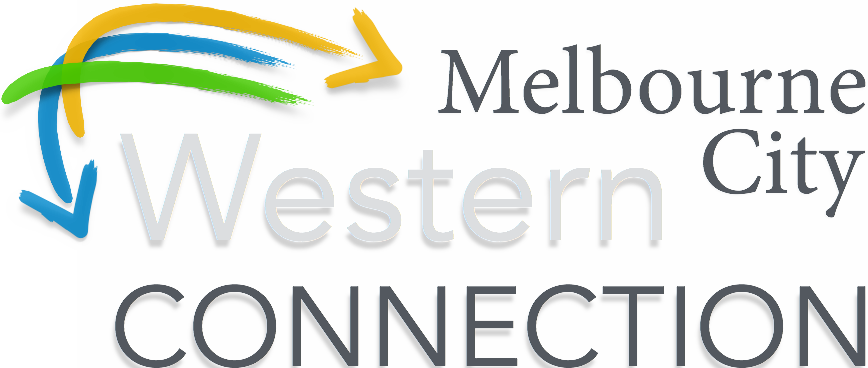The existing access ways about the E-Gate site. The Blue lines represent road traffic coming in from the north off Citylink, the Yellow lines are regional and interstate trains that pass the site everyday as they arrive in the Southern Cross Train Station.
Think of it as a gateway - to Melbourne
For now, the E-Gate site located between West Melbourne and Docklands is just an old rail-yard, and yet even in this current state, tens of thousands of travellers pass the site everyday on their way into Melbourne's CBD. International and domestic air passengers arriving into the Melbourne are driven past the site on Skybus or taxis; travellers arriving by train from the regions and interstate pass the northern edge of E-Gate on their way to Southern Cross Train Station, and then there are the thousands of people who arrive into the city by car everyday, some of them having driven hundreds of kilometres interstate.
At just under a kilometre from Melbourne's CBD, E-Gate is the city's front doorstep, and we have the potential to make something of this site; to make statement that says "Welcome to Melbourne, the most Liveable City in the World".
And this raises an interesting question for the State Government; if we do want celebrate Melbourne's position as one of the most liveable cities in the world, can we be doing more to improve visitors first impressions of the city?
In the next few months, Transurban will be trying hard to add two new roads across the E-Gate site; one of these roads will connect Dynon Road to Wurundjeri Way, the other will connect Footscray Road to Spencer Street. These roads will divide one of the last prime pieces of land on Melbourne CBD's perimeter, and yet there seems little point in creating this crossover of roads; most roading engineers already admit the city's traffic is reaching capacity. And while Transurban's new roads might help traffic get closer to the city faster, there is still going to be the long wait times as this traffic is absorbed into the city every day.
What if there was a better use of the E-Gate site though? What if instead of Transurban putting two new roads across the E-Gate site, better use was made of the existing roads about the E-Gate site? And rather than dividing the E-Gate site with trains and roads, we turned the E-Gate site into a Gateway for the city?
Our vision for the E-Gate site is a clever celebration of architecture and green space that not only greets visitors to the city with its bold presence, but also provides these visitors with a destination once they have settled into their accommodation and start exploring the city.
E-Gate also has the potential to provide another gateway to the city too, between Docklands and the north of the CBD. Visitors to the city can already walk most of the way about the city, but when they get to Victoria Market and Victoria Street the trail becomes vague; here is a chance to let visitors continue the loop across the E-Gate site to the Docklands waterfront.
The E-Gate site not only has the potential to be a visual gateway for traffic arriving into the city, it also has the potential to be a gateway between Docklands and the north of Melbourne's CBD, in effect closing the loop on the walkways about the CBD.


